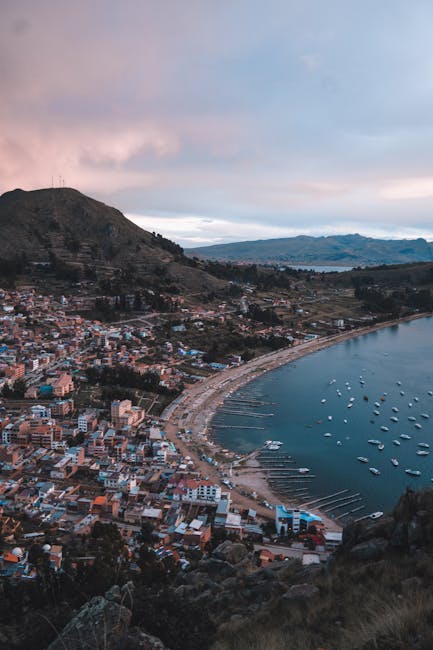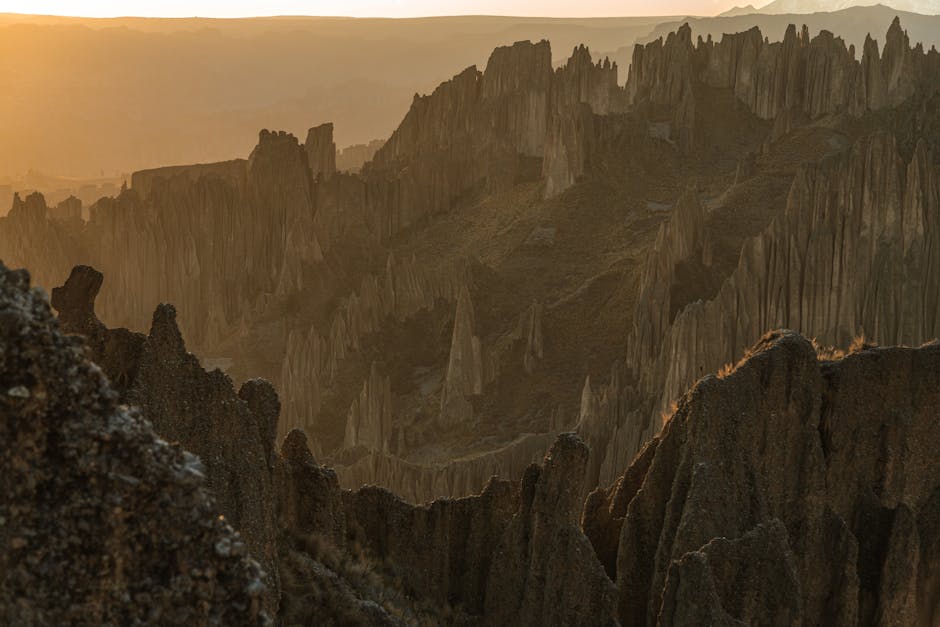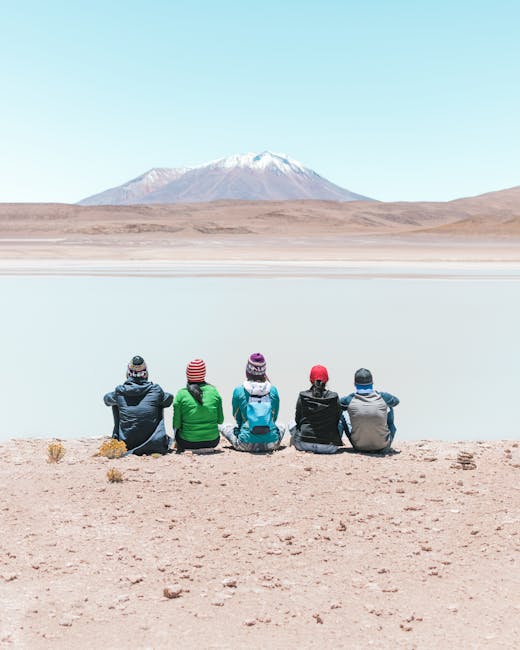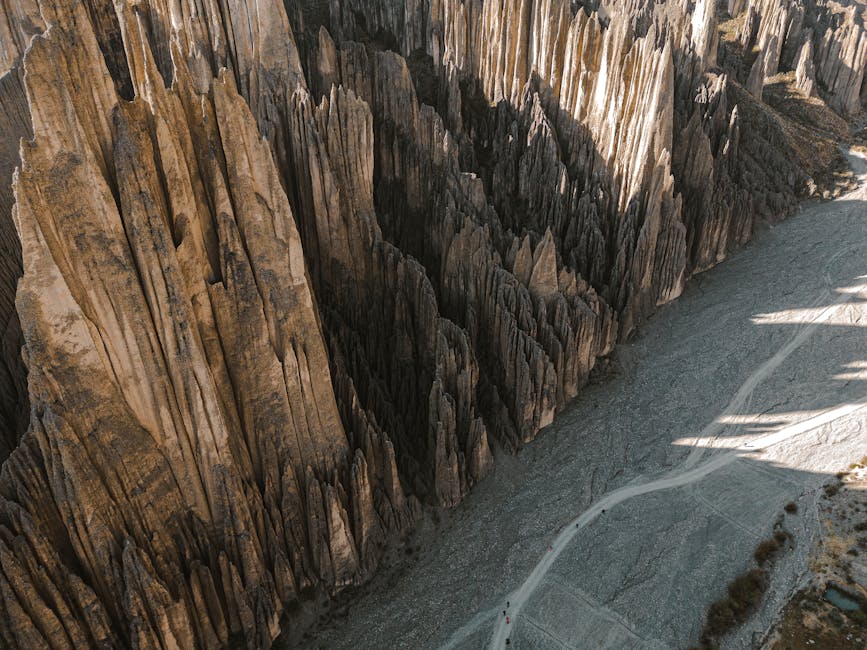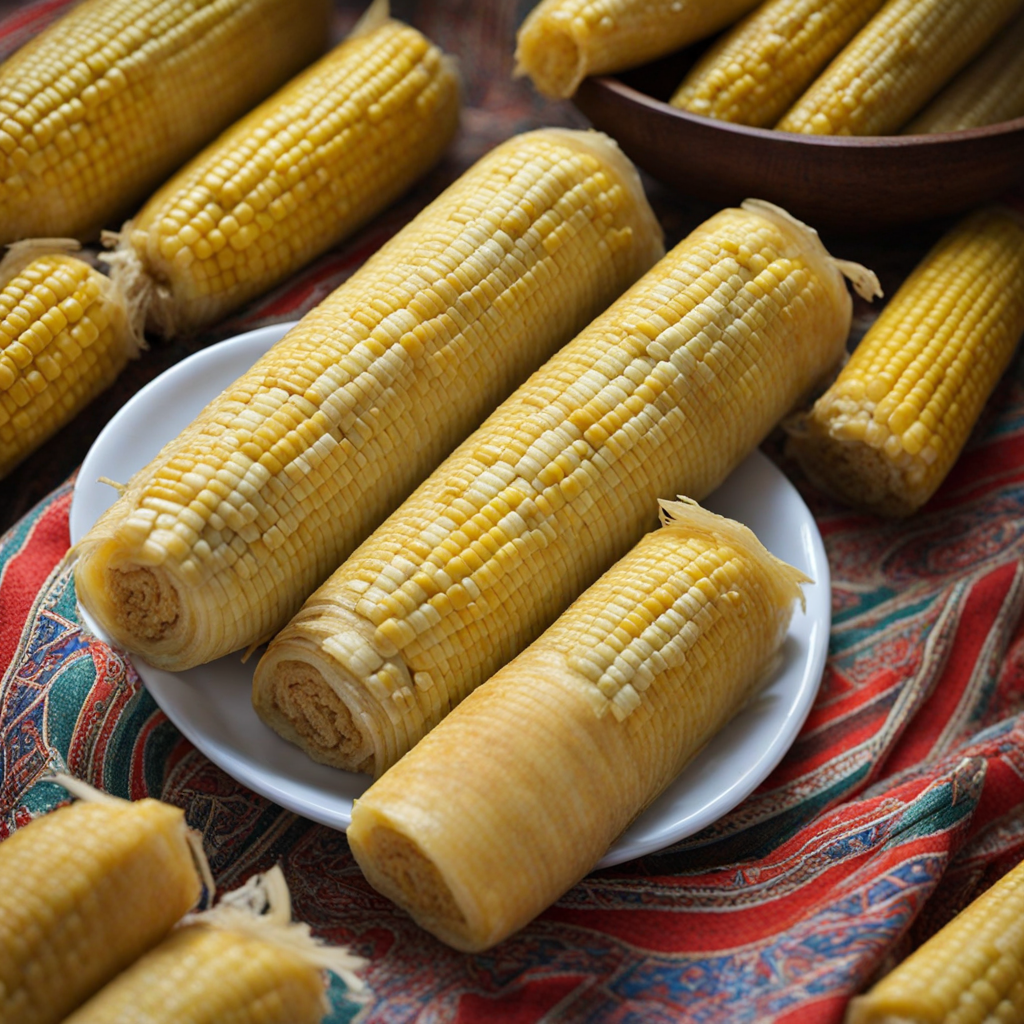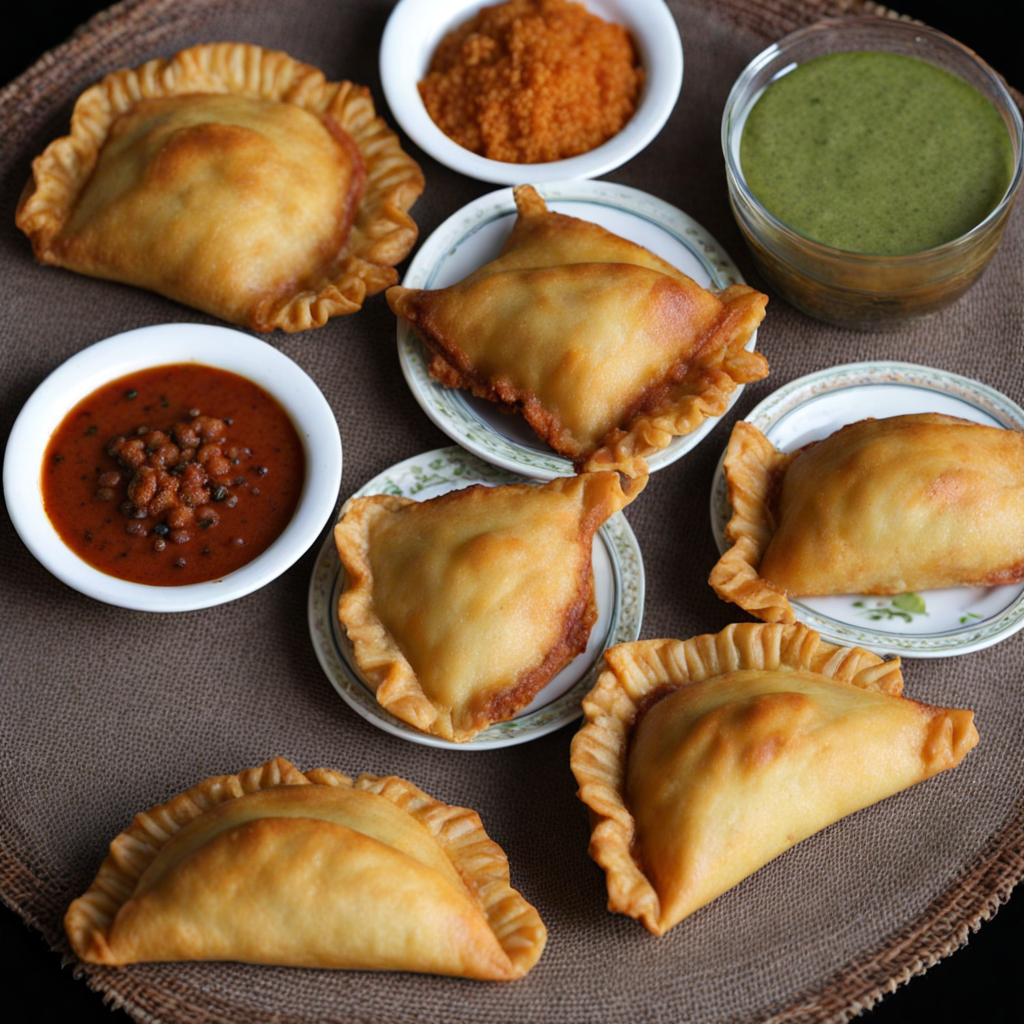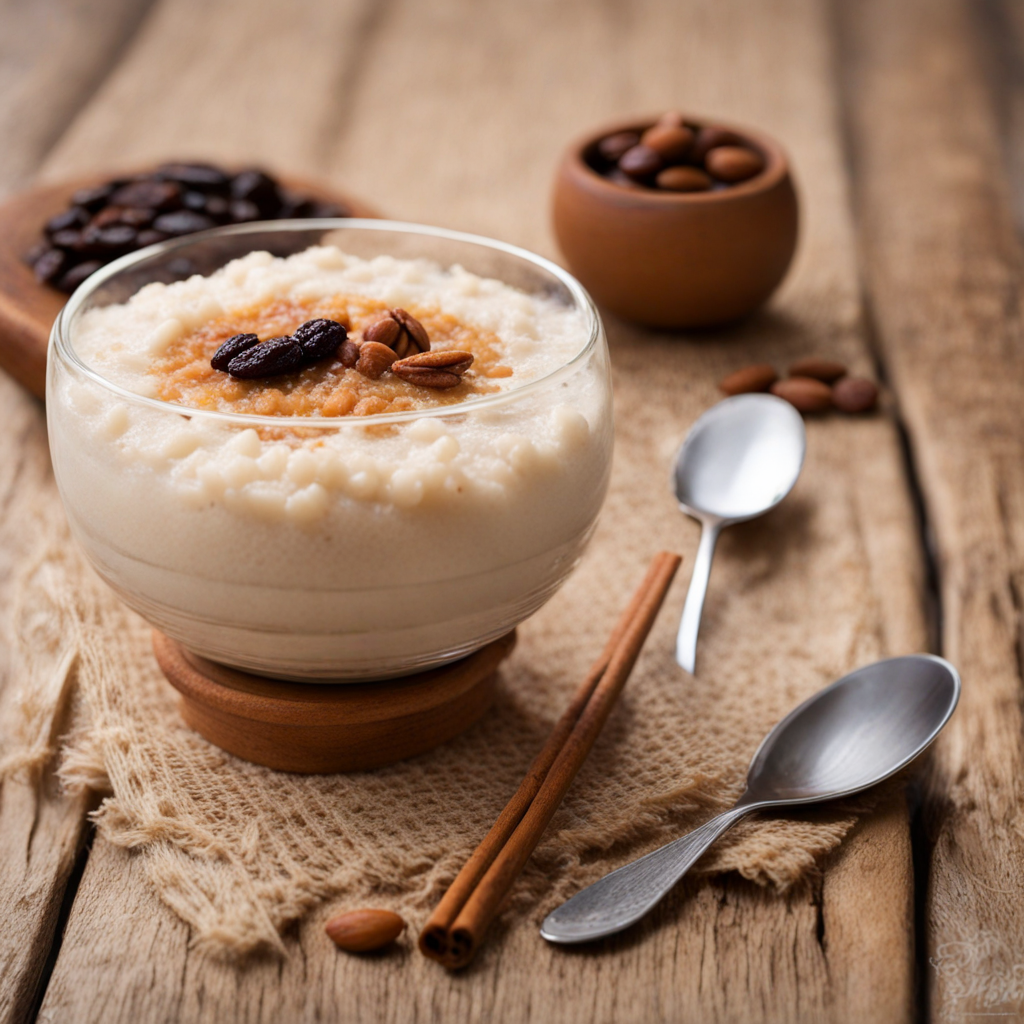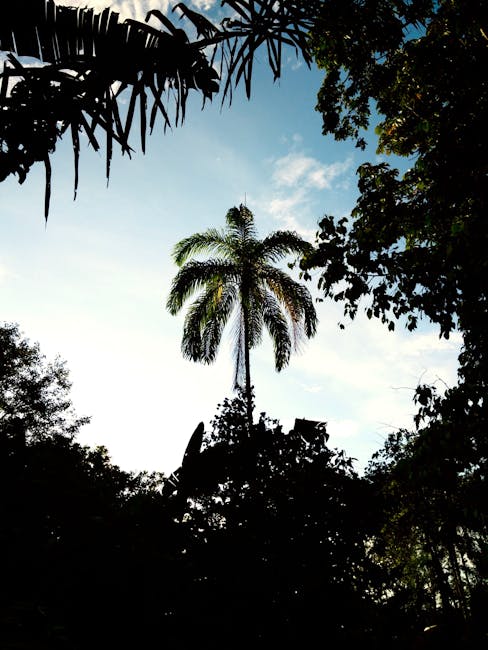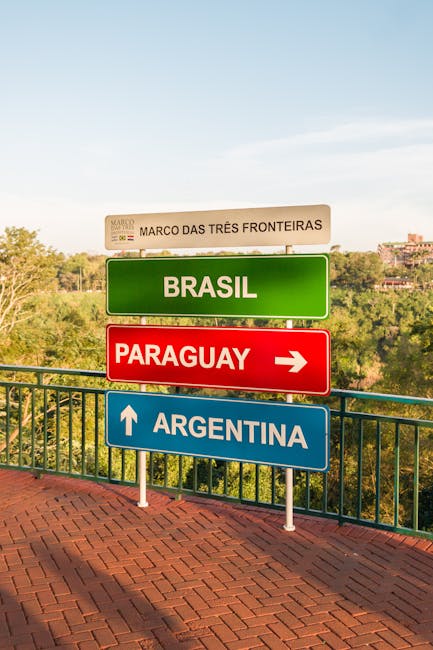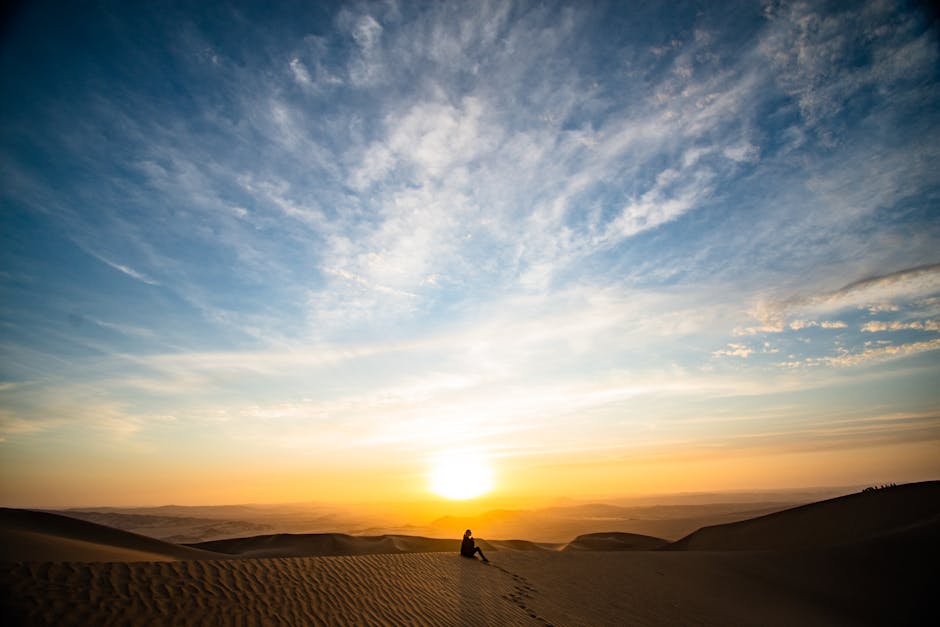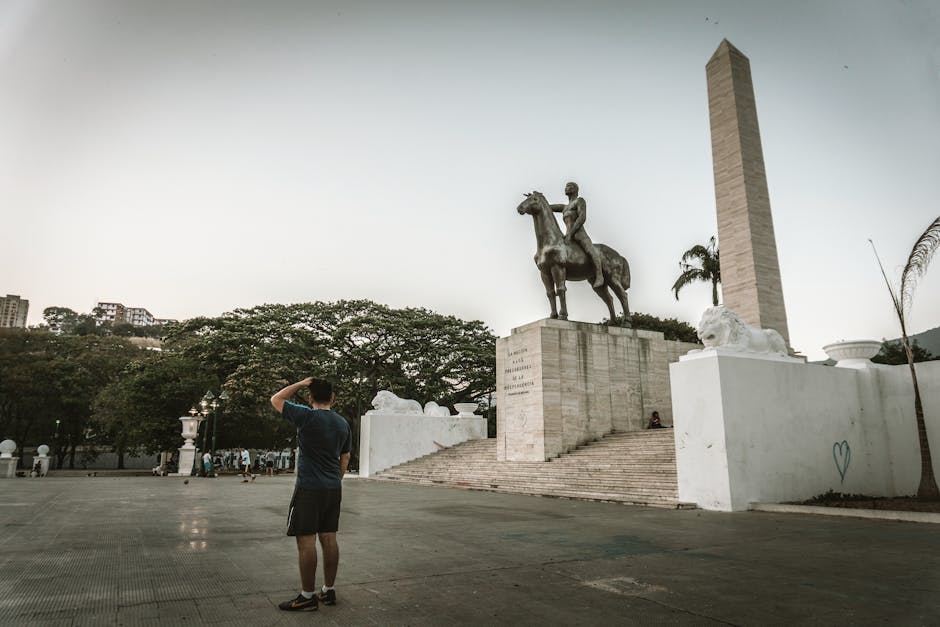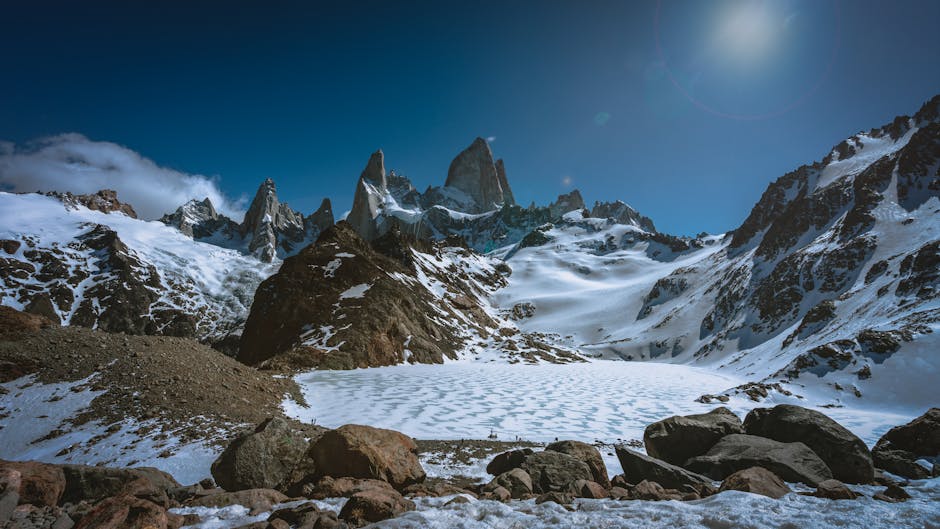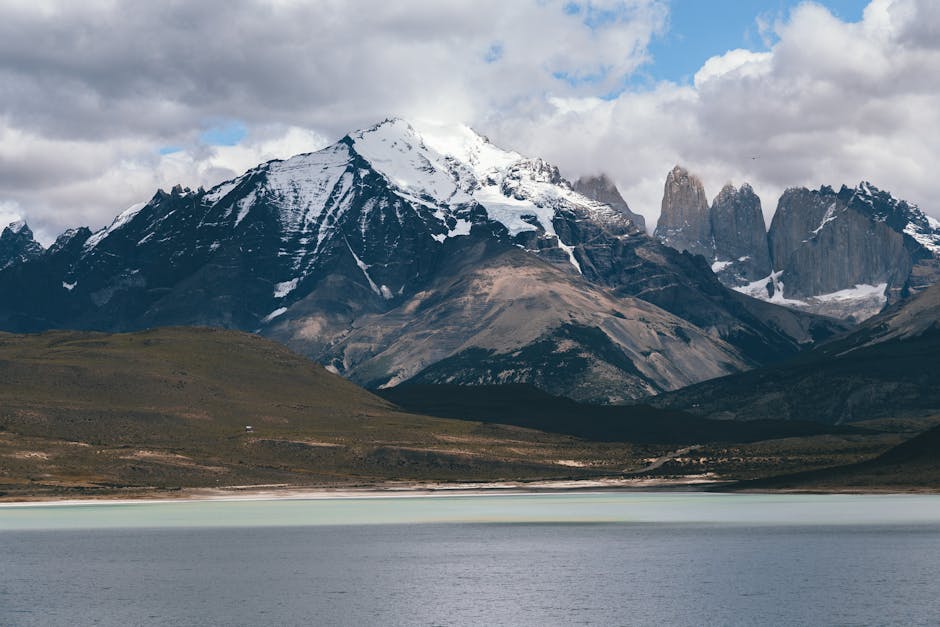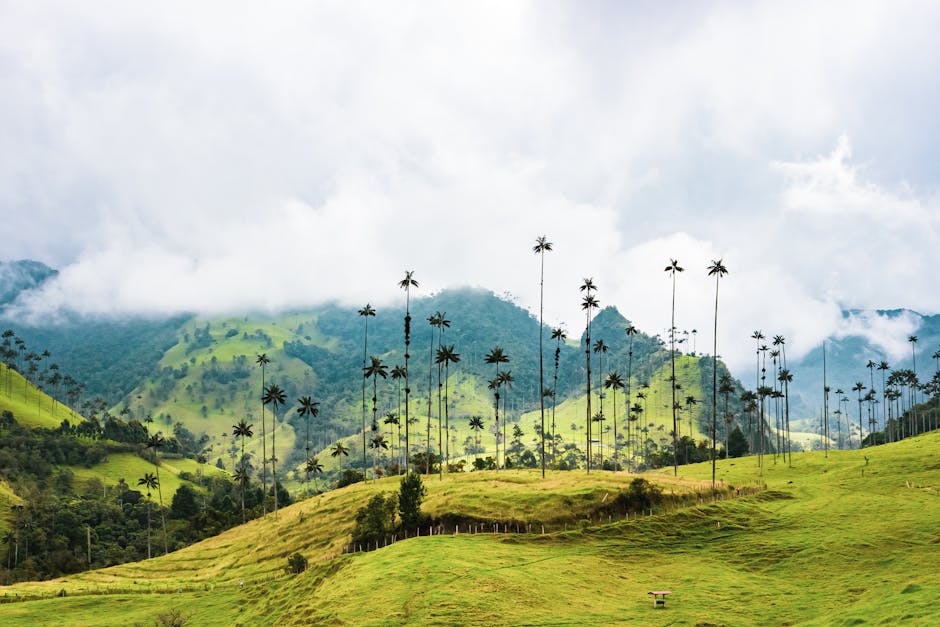Bolivia
Overview
Bolivia, a landlocked country located in the heart of South America, is a destination that boasts a rich tapestry of cultures, landscapes, and experiences. The country is unique for its vibrant indigenous cultures, accounting for over 62% of the population, the highest proportion in Latin America. Bolivia's geography is as diverse as its culture, encompassing the majestic Andes mountains, the hauntingly beautiful Salar de Uyuni salt flats, and the lush Amazon rainforest. The country's cultural heritage is found in its traditional music, colorful festivals, and distinctive culinary delights such as salteñas (Bolivian version of empanadas) and anticuchos (grilled skewered beef hearts).
The high season for tourism in Bolivia runs from May to October, which is also the dry season. The weather during this period is generally mild, although cooler in the highlands. It’s the best time to visit for outdoor activities such as hiking, mountain biking, and bird watching, as well as exploring the salt flats and Inca trails. The dry season also coincides with several cultural festivals including the famous "Carnaval de Oruro" in February, a UNESCO Masterpiece of Oral and Intangible Heritage of Humanity, where visitors can witness traditional dances, music, and vibrant costumes.
When preparing for your trip to Bolivia, remember that the country has a varied climate due to its diverse topography. Therefore, packing layers is essential. Bring sunscreen and hats for protection from the high-altitude sun, and warm clothing for chilly evenings in the mountains. A good pair of walking shoes is also a must. Ensure that your routine vaccinations are up to date and consider getting ones for Yellow Fever and Typhoid, especially if you plan to visit rural areas or the Amazon. Lastly, don't forget to learn a few phrases in Spanish, as English is not widely spoken outside of major cities or tourist areas.
A Glimpse into the Past
Bolivia, a landlocked country in the heart of South America, is a treasure trove of cultural diversity, stunning landscapes, and rich history. Its history is a tapestry woven from the threads of ancient civilizations, colonial struggles, and modern political movements. Travelers venturing into Bolivia will find a country that echoes its past in every corner, from the high Andes to the Amazon basin.
One of the most significant ancient civilizations in Bolivia was the Tiwanaku, which thrived around 400 to 1000 AD near Lake Titicaca. The Tiwanaku site, a UNESCO World Heritage Site, showcases remarkable stone structures, including the Gateway of the Sun and the Akapana Pyramid. Visitors can explore the ruins and gain insight into the engineering prowess and spiritual beliefs of this advanced culture, which laid the foundations for subsequent Andean societies.
As the Tiwanaku civilization declined, the Inca Empire rose to prominence in the 15th century. Bolivia became an integral part of the Inca territory, with Cuzco as the capital and Potosí emerging as a vital hub for silver mining. Potosí, once considered one of the richest cities in the world due to its silver mines, is often referred to as the place where “the sun never sets.” Travelers can visit the Cerro Rico, where mining continues to this day, and witness the haunting remnants of colonial architecture that speak to the wealth and exploitation of the era.
The arrival of the Spanish conquistadors in the 16th century marked a turning point in Bolivia’s history. Francisco Pizarro and his men overthrew the Incas, leading to the establishment of Spanish colonial rule. La Paz, the administrative capital of Bolivia, was founded in 1548 and became a center for Spanish administration and commerce. The city is situated at a staggering altitude of over 3,600 meters (11,800 feet), making it the highest capital in the world. Visitors to La Paz can explore the Witches’ Market, where traditional Aymara culture meets modernity, and the Valley of the Moon, with its surreal rock formations.
During colonial times, Bolivia was known as Upper Peru, and it was a significant source of wealth for Spain. However, the exploitation of indigenous peoples and natural resources fueled discontent, leading to various revolts. The fight for independence began in the early 19th century, with leaders like Simón Bolívar and Antonio José de Sucre playing pivotal roles. After a protracted struggle, Bolivia achieved independence in 1825, named after Simón Bolívar himself.
The newly formed nation faced numerous challenges, including territorial disputes and internal conflicts. The War of the Pacific (1879-1884) resulted in Bolivia losing its coastal territory to Chile, leaving it landlocked. This loss remains a significant aspect of Bolivian identity and nationalism, often referred to as the “Maritime Claim.” Travelers can learn more about this history at the Museo Nacional de Arqueología in La Paz, which houses artifacts that reflect Bolivia’s rich cultural tapestry.
Bolivia’s political landscape has been tumultuous, characterized by cycles of military rule and democratic governance. The 2000s marked a turning point with the rise of Evo Morales, the first indigenous president of Bolivia. His administration focused on social reforms, nationalizing key industries, and improving the lives of marginalized communities. The Coca Leaf became a symbol of cultural identity and resistance, with Morales advocating for its legal recognition and use. Visitors can explore the Yungas, where coca is traditionally cultivated and learn about its importance in Bolivian society.
Natural beauty abounds in Bolivia, making it a paradise for travelers. The Salar de Uyuni is the world’s largest salt flat and a must-visit destination. This vast expanse of white salt creates an otherworldly landscape that attracts photographers and adventurers alike. The Isla Incahuasi, covered in giant cacti, offers stunning panoramic views and insight into the unique ecosystem of the salt flats.
In addition to Uyuni, the Amazon Basin beckons with its lush biodiversity and indigenous cultures. The town of Rurrenabaque serves as a gateway to the Madidi National Park, where visitors can embark on guided tours to explore the rich flora and fauna, including rare species of animals and plants. The river cruises along the Beni River provide an immersive experience in one of the most biodiverse regions on the planet.
Cultural festivals are an essential aspect of Bolivian life, reflecting the country’s indigenous heritage and colonial history. The Oruro Carnival, recognized by UNESCO, is one of the most vibrant celebrations, featuring elaborate costumes, traditional music, and dance. This festival pays homage to the Virgin of Socavón and showcases Bolivia’s unique blend of indigenous and Catholic traditions.
Another remarkable site is Lake Titicaca, the highest navigable lake in the world, which straddles the border between Bolivia and Peru. The lake is home to the Uros people, who inhabit floating reed islands. A visit to the Uros islands offers a glimpse into their traditional way of life, where visitors can learn about their unique craftsmanship and customs.
The city of Sucre, the constitutional capital, is renowned for its well-preserved colonial architecture and rich history. The Casa de la Libertad, where Bolivia’s declaration of independence was signed, is a highlight for history enthusiasts. Sucre's charming streets and vibrant culture make it a delightful stop for travelers seeking to immerse themselves in Bolivia’s history.
As travelers journey through Bolivia, they will encounter a country that is as diverse as its landscapes. From the majestic peaks of the Andes to the dense jungles of the Amazon, and from the rich traditions of its indigenous peoples to the legacies of colonialism, Bolivia offers an unparalleled opportunity to explore the complexities of its past. This vibrant nation invites visitors to witness its evolution and experience the warmth of its people, making it a captivating destination in South America.
Top cities for tourists in Bolivia
Discover the Famous Cities That Might Captivate Your Interests
Must-Try Foods You Can't Afford to Miss
Indulge in a Variety of Fantastic Foods During Your Stay in Bolivia
May Be Your Next Destinations
People often choose these countries as their next destination


